Where Soviet and Israeli soldiers fought each other
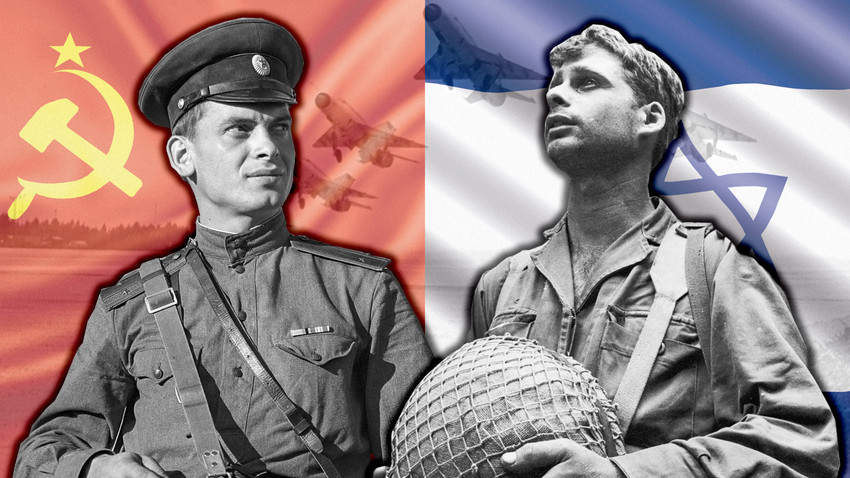
They started as close friends, but ended as bitter foes. The Soviet Union played a key role in the creation of the modern state of Israel in 1948, and was one of the first to recognize it and support its War of Independence (1947-1949).
However, in the vortex of Middle Eastern politics, the Soviets and Israelis soon found themselves on opposite sides. In the long Arab-Israeli conflict the USSR backed the Arab states, while Israel got the support of the U.S.
Until its very end in 1991, the Soviet Union economically assisted the Arab states, and sent them its newest weapons and thousands of military specialists. And although Moscow never declared an open war on Israel, the two countries’ soldiers met on the battlefield on more than one occasion.
Trap for the Soviet Air Force
During the so-called War of Attrition (1967-1970), the Egyptian Air Force showed itself to be absolutely useless. Overwhelmed by the Israelis, it was unable to protect the country’s important energetic and industrial objects from bombings. The USSR couldn’t let its ally fall and took the defense of Egyptian skies into its own hands, but without demonstrating its direct involvement in the conflict.
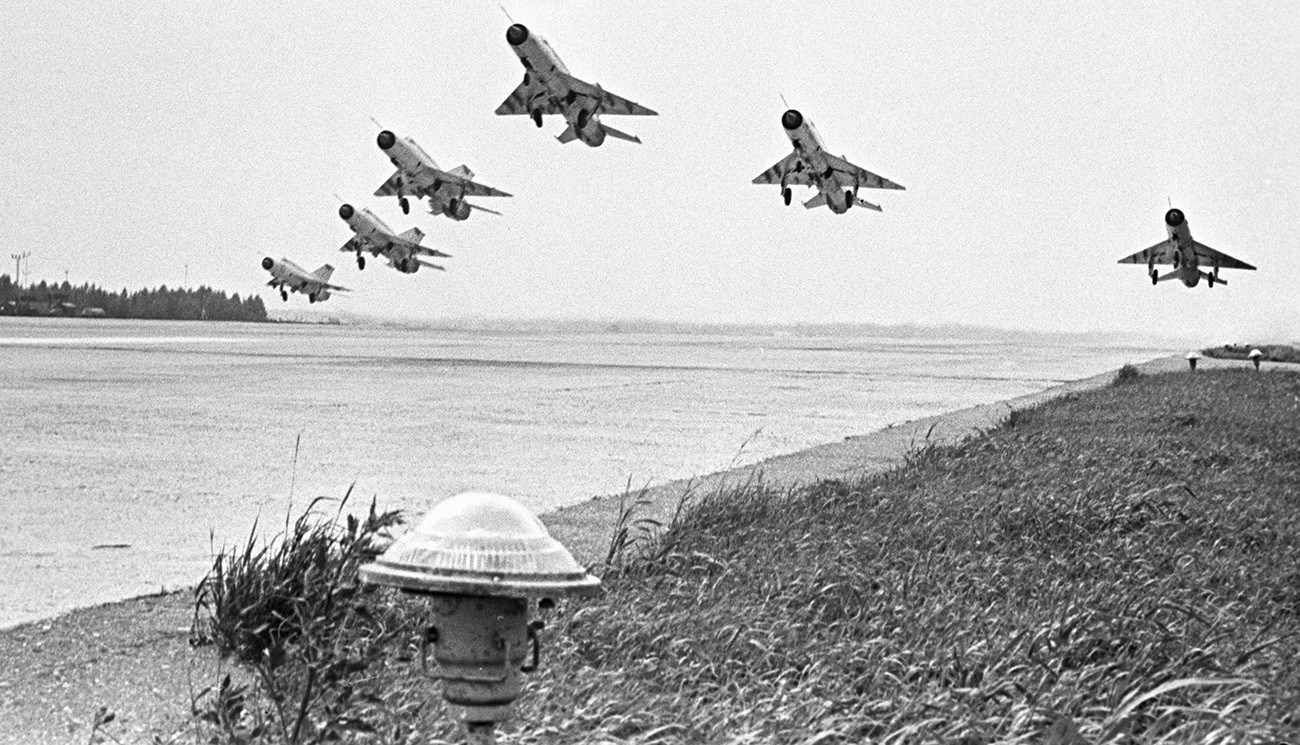
Soviet anti-aircraft troops, armed with S-75 Dvina surface-to-air missile systems, as well as squadrons of MiG-21 fighters with pilots covertly and unofficially arrived in the country and were stationed in Cairo, Alexandria, and Aswan. The fighters were dismantled in the USSR, and secretly carried by An-12 transport planes. At the destination point they were reassembled and painted in the colors of the Egyptian Air Force.
The personnel left behind their IDs, and dressed in Egyptian uniform. Before the pilots left for the Middle East, they were instructed by Soviet Defense Minister Andrei Grechko: “Don’t forget, comrades, if you are shot down beyond the Suez Canal, we don’t know you.”
Mossad immediately found out that the “Russians had arrived.” At first, the Soviet MiG-21s and Israeli Phantom and Mirage fighters avoided direct clashes, scrutinizing each other from a distance. However, when the Soviets attacked and damaged a Skyhawk attack aircraft, this “gentlemen’s war” was over.
The Israeli Air Force decided to conduct Operation Rimon 20, which became one of the darkest chapters in the post-WWII history of the Soviet Air Force. The idea was to trick the Soviets and lure them into a trap.
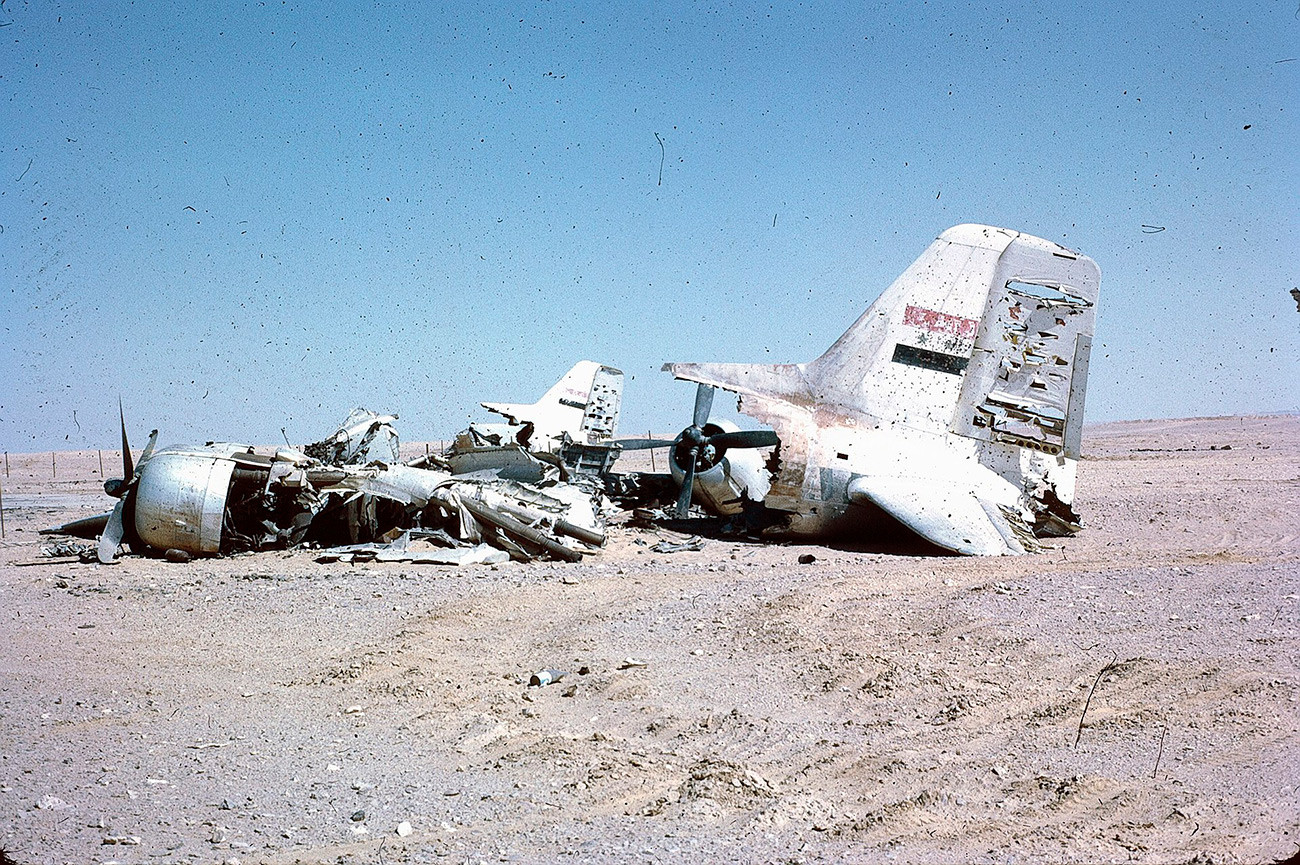
On 30 July, 1970, 12 Mirage and 4 Phantom fighters penetrated deep into Egyptian territory. They flew at nap-of-the-earth altitude, close to each other as possible. Such tactics allowed them to hide their true numbers, since instead of multiple targets the enemy saw just several planes on its radars.
The Soviets vectored 24 MiG-21s to intercept the reconnaissance planes (as they thought), but instead faced 16 enemy fighters with the best pilots Israel could find for this mission. The far more experienced Israelis closed in on its prey, attacking from different directions and shooting down four Soviet planes, without a loss of a single aircraft.
The incident so shocked the Soviet leadership that it immediately ceased its military aviation flights in the region. The Egyptians, their skies now unprotected, had no choice but to sue for peace.
Protecting Syria
Egypt was not the Soviets’ only Arab ally that happened to be defenseless against the Israeli Air Force. Also in desperate need of the Soviet “umbrella” was Syria, especially during the hostilities in civil war-torn Lebanon, where both Syrians and Israelis had vested interests.
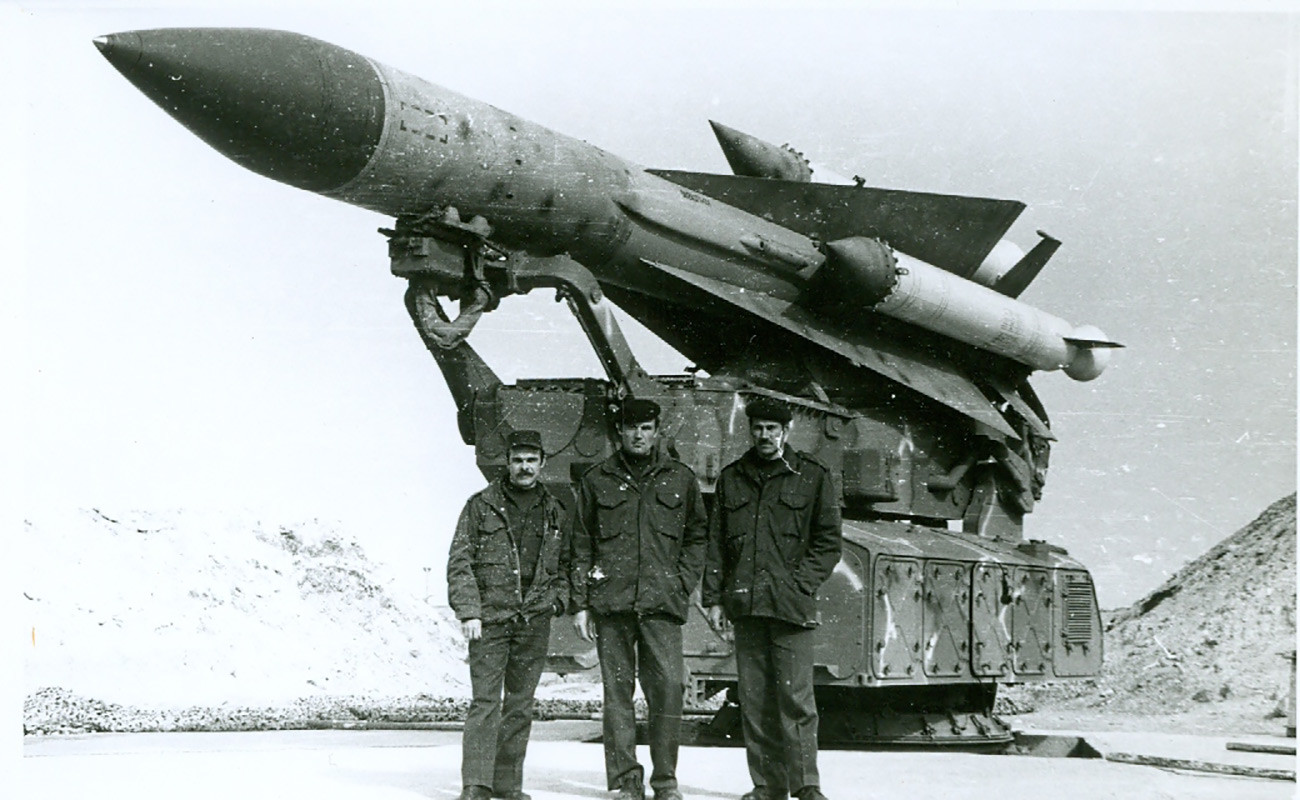
The Soviet anti-air units, masked as Syrian ones, shot down four enemy planes during the active phase of the war in 1982. But the real game-changer were two of the newest top secret S-200 surface-to-air missile systems with crews, who arrived in Syria as “tourists.”
To cover the aerospace over the northern and southern parts of the country, the S-200 systems were placed in Homs and in Al-Dumayr near Damascus. Capable of destroying any enemy aircraft or drone at a distance of 180 km, they put an end to all Israeli aircraft activity near the Syrian border.
Only the commander of the Syrian Air Force and anti-air troops could order the S-200 to be fired. It is believed that one occasion such order was given. In September 1983, the S-200 shot down an Israeli E-2 Hawkeye early warning aircraft. Always well-protected by escort fighters, such planes served as flying command posts, giving targets for bomb strikes. If the Syrian pilots could not get them, the Soviet missile system could. However, Israel denied the loss of the aircraft.
The Soviets and Israelis fought not only in the skies. On July 20, 1982, an Israeli Special Forces unit landed in the rear of the Syrian troops, in the region of the Damascus-Beirut road, attacking the headquarters of Soviet military advisor Mikhail Noseyko, where both Soviet and Syrian officers and signal personnel were stationed.
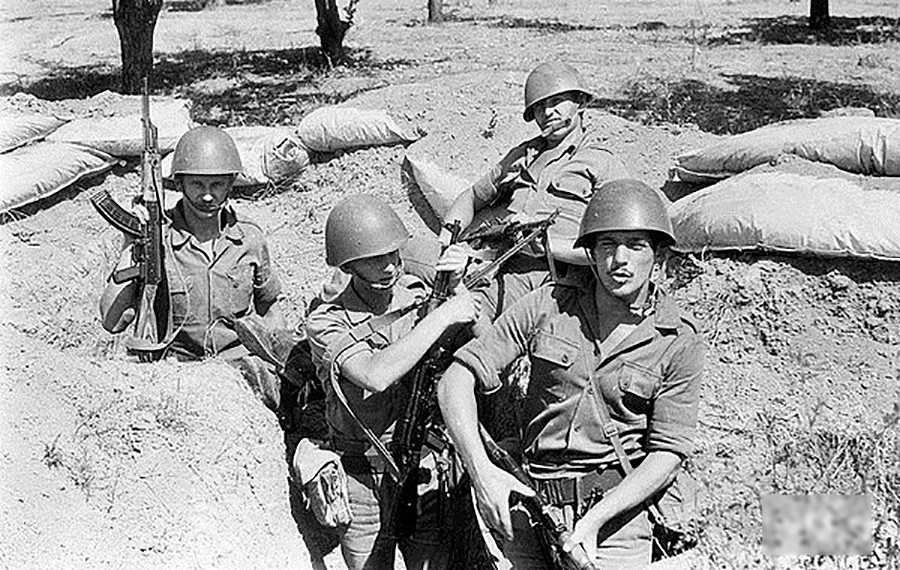
They were forced to engage in combat with the Israelis and held positions until a Syrian tank company came to the rescue. As a result, two Syrian officers and two Soviet sergeants were killed.
If using any of Russia Beyond's content, partly or in full, always provide an active hyperlink to the original material.
Subscribe
to our newsletter!
Get the week's best stories straight to your inbox